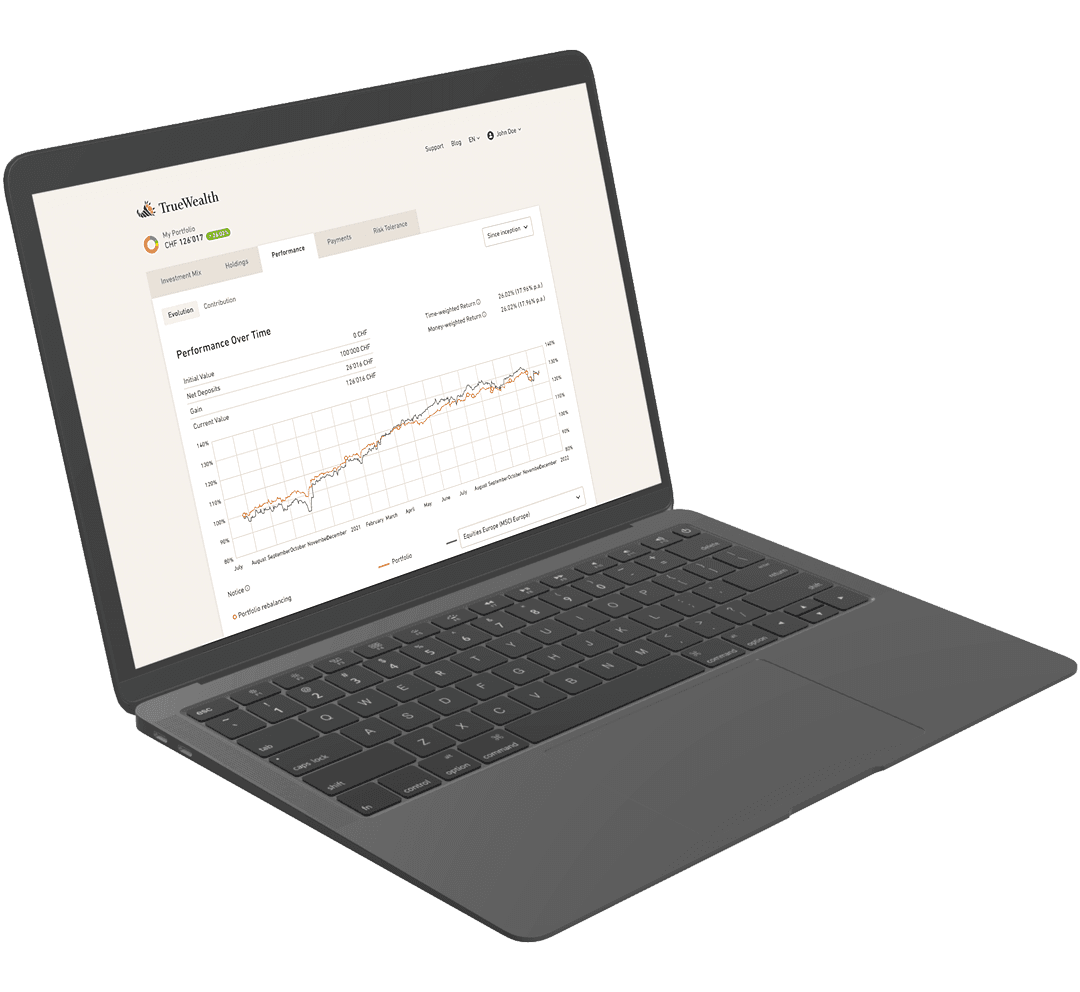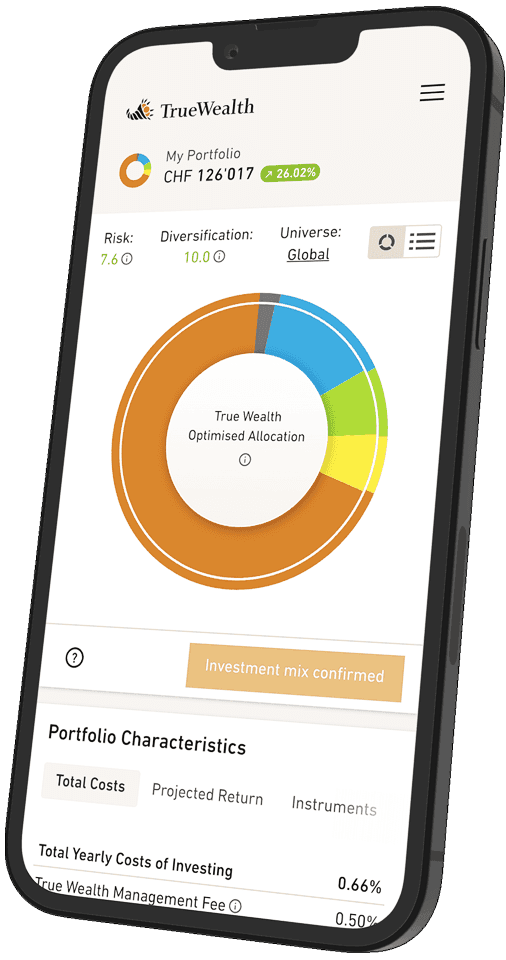Which is better for Pillar 3a, ETFs or index funds?
There is no general answer to this question. The advantage of Swiss index funds is that they are exempt from Swiss stamp duty and, depending on the share class, are withholding tax-neutral or exempt from withholding tax. One advantage of ETFs is their tradability on the stock exchange, but also the fact that they are also widely used outside Switzerland and are very cost-efficient.
For this reason, we use index funds for some important investment categories in Pillar 3a. However, tax factors are only one factor that needs to be taken into account. Equally important are the ongoing costs (TER) and the bid/ask spreads of the ETF or, in the case of index funds, the issue and redemption premiums.
For the greatest possible flexibility in individualizing the investment strategy, we also supplement our investment universe in Pillar 3a with a broad selection of ETFs, as the range of index funds is limited compared to ETFs for certain asset classes. It should also be noted that, unlike the TER, stamp duty is not an ongoing cost factor – it only applies to purchases and sales.
It is also sometimes wrongly argued that index funds do not incur bid/ask spreads. However, this is a misconception, as professional index funds charge an issue or redemption premium for every transaction in order to protect existing investors in the index fund from the trading costs incurred. These are referred to as issue or redeem spread or similar in the respective factsheets of the index funds and are often comparable with the bid/ask spreads of ETFs.
More questions in "Pillar 3a"
Can’t find what you’re looking for?
Contact us
Ready to invest?
Open accountNot sure how to start? Open a test account and upgrade to a full account later.
Open test account